Buttermilk is one of my favourite ingredients to use when it comes to baking! I use it in so many of my recipes, including my soft vanilla cake and red velvet cake. If you’re in a pinch and don’t have buttermilk on hand, or can’t easily access it, you can make a great buttermilk substitute right at home.

What is buttermilk?
Buttermilk is a type of milk that’s traditionally made from the liquid that’s left over after churning butter. Modern buttermilk however, is typically made by adding good bacteria to milk. The bacteria ferment the lactose in the milk, creating lactic acid. This gives buttermilk its characteristic tangy flavor and thickened consistency. The buttermilk is then pasteurized and homogenized to extend its shelf life and improve its texture.
Why is buttermilk good for baking?
Buttermilk is great for baking because it helps to create soft, fluffy baked goods, and adds flavor and moisture. There are three main ways it does this:
- The acid in buttermilk reacts with baking soda to help the batter rise, giving baked goods a light and fluffy texture.
- The acidic content as well as fat, helps to tenderize the gluten from the flour by breaking down the protein strands. This results in a softer, more tender baked good.
- Buttermilk also adds a tangy flavor to baked goods, which can help to balance out sweet ingredients.
How to make buttermilk
In some places around the world buttermilk can be difficult to find, but there is a really easy way to make a great homemade substitute!
Firstly, measure 1 cup of milk and remove 1 tablespoon. If you don’t need to be super precise about having exactly 1 cup of buttermilk, then you can skip the step where you remove 1 tablespoon of the milk 🙂


After it’s had some time to rest, your milk should be curdled. And that is it! You have buttermilk ready to use 🙂

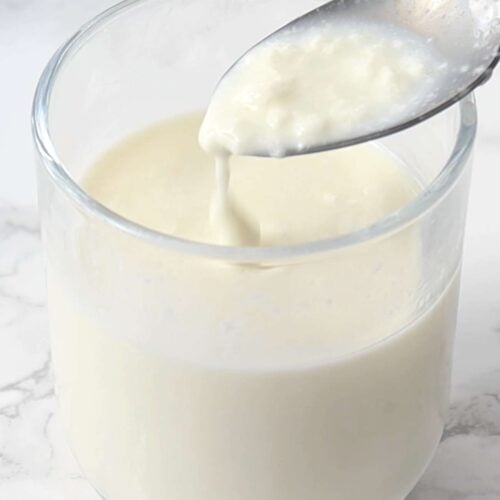
Homemade Buttermilk
IMPORTANT: For accuracy, I would recommend using the gram measurements provided, as those are the exact quantities I use. Cup measurements are given as estimates (based on US cup measurements) to make it easier for those who do not have a scale.
Ingredients
- 1 cup (250 ml) milk
- 1 tbsp (15 ml) white vinegar - lemon juice okay too
Instructions
- Place 1 cup of milk in a bowl/cup, and remove 1 tablespoon of it (see note 1).
- Add in 1 tablespoon of vinegar to the milk and mix it together. Let it sit for 10 minutes.
- Your milk should now look curdled and is ready to use as buttermilk.
Video

Notes
Nutrition
Nutritional information are estimates only as they are automatically calculated by a third party application. Actual values may differ based on brands and types of products used.


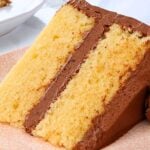


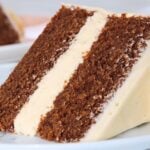


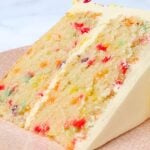
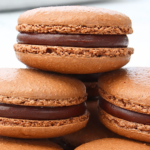

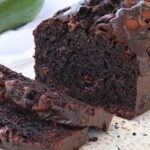


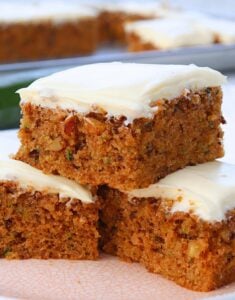
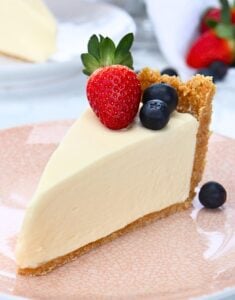
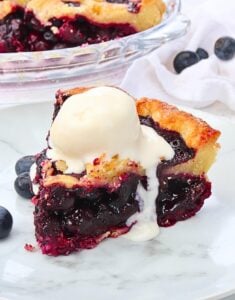


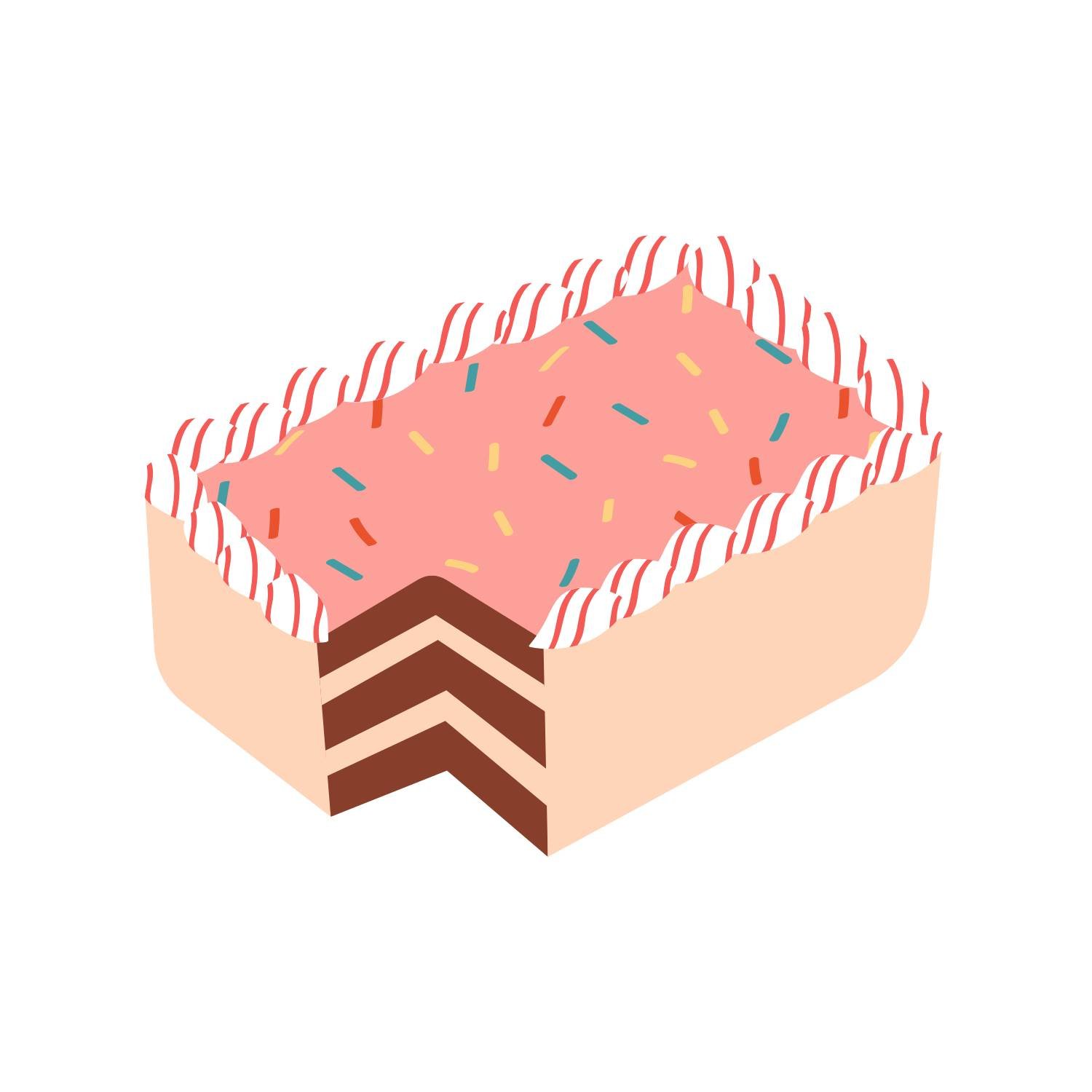

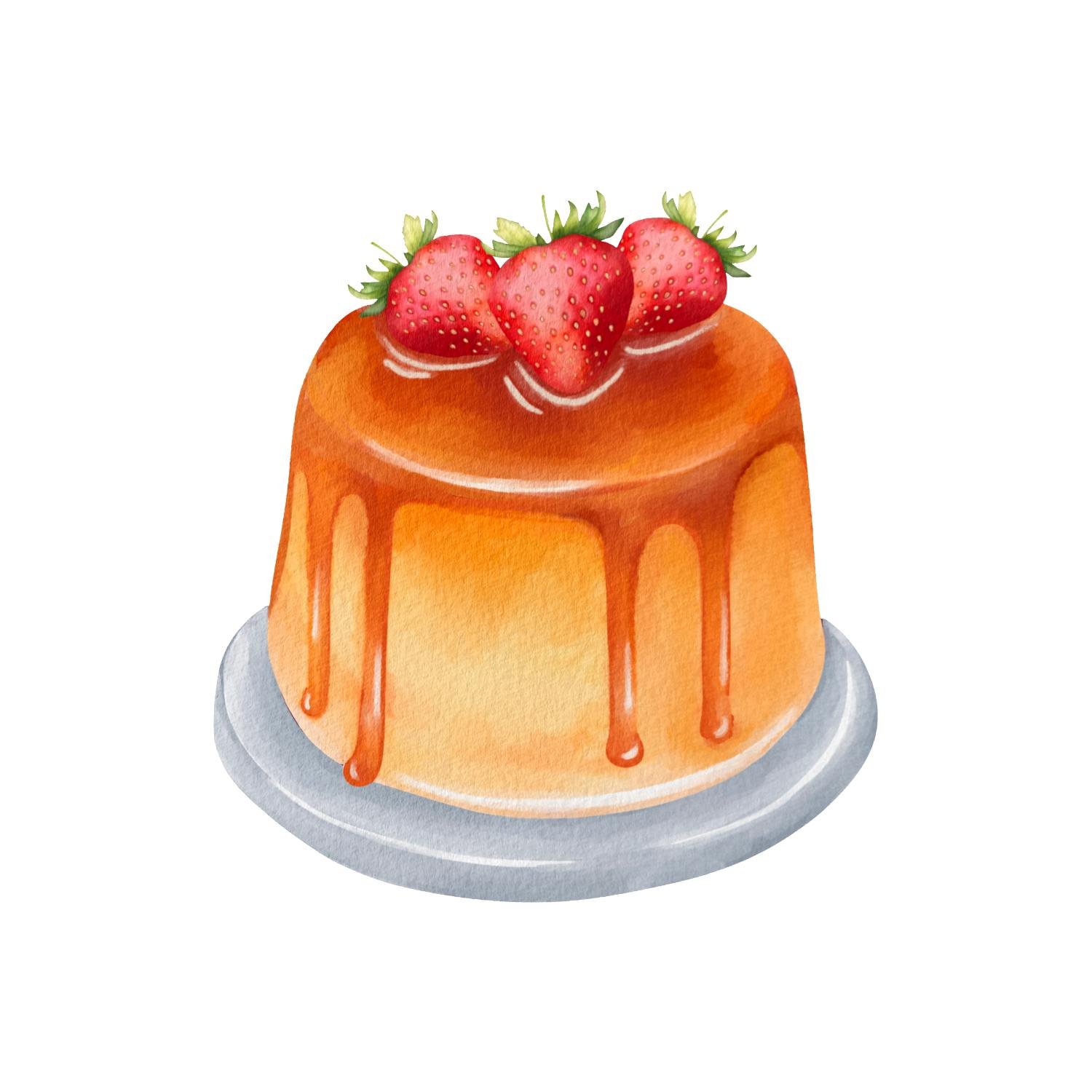
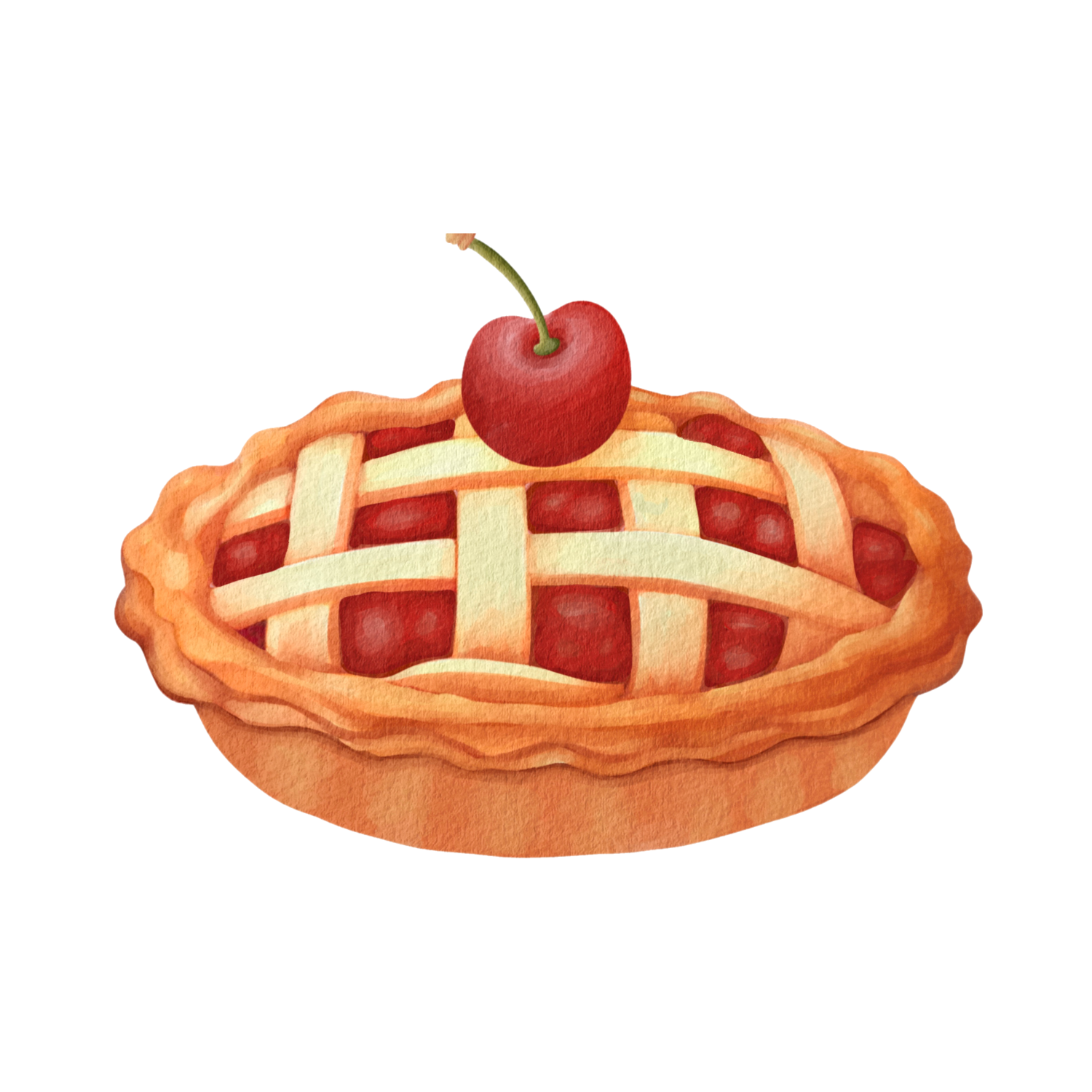
60 Comments
Hello there! Could you please be precise about what type of vinegar to use for this recipe? Alcohol / white wine vinegar or some other? Thank you so much! :))
Hi Valentina! Here in NZ I use white vinegar, which I believe is also known as distilled vinegar overseas 🙂
Hope that helps!
Hi
Can I use curd / yogurt instead of butter milk. Instead of store bought butter milk can I make it myself with curd ? If yea what is the proportion of curd and water to be used to make butter milk
Hi Rose! 🙂
I haven’t tried that myself, though I have seen other people use a mix of yoghurt and milk to create a homemade buttermilk. I think the most common ratio used is 1 part plain yoghurt to two parts milk if you wanted to try it out 🙂
How long can I store homemade buttermilk in the fridge?
Hi there! I think a couple of days should be fine 🙂
if I use this homemade buttermilk in a cake recipe should I not add 1 teaspoon of vinegar as some of your cake recipes require, in your PISTACHIO CAKE recipe for example you added 1 teaspoon of vinegar, so should I not add the extra teaspoon vinegar since it is already in the buttermilk ?.
thank you for everything you are amazing.
Hi Abdullah! 🙂 Great question – I would recommend still adding in the additional vinegar, on top of the vinegar added to the buttermilk 🙂
Hope that helps!
If I make my own butter milk is it full fat milk I have to use, also can I use distilled white vinegar thanks
Hi Terrie! 🙂 Yes full-fat or whole milk will work great, and yes distilled white vinegar should work as well 🙂
Hi
I can not wait to try this recipe. I have some powder buttermilk, can you use powder buttermilk for this recipe?
Thank you
Carol
Hi Carol! 🙂 I am not sure which recipe exactly you mean sorry as this comment is on the buttermilk post :). I have not tried powdered buttermilk myself so I’m really not too sure sorry! If it’s meant to work the same way as regular butttermilk then I imagine it would work fine 🙂
Never heard this before thank you for this tip. Because I never buy buttermilk but I do know that it makes the best cornbread and biscuits my grandmother used it all the time
Thank you again for the tip
You’re so welcome Maggie! 🙂
Can you help me how to mix flavor
Hi, is it better to use buttermilk made with milk and vinegar, or the liquid that remains after extracting the butter from the fresh cream? Because alternatively you just have to whip up 500ml of fresh cream until you separate the butter to get the original buttermilk, right?
Hi Francesco! 🙂 So usually for baking, I would recommend using storebought buttermilk, but if you can’t find it then the homemade alternative that uses milk and vinegar is best. This is because most recipes that use buttermilk for baking, rely on the extra cultures that are added to buttermilk for extra acidity and flavor. Hope that helps 🙂